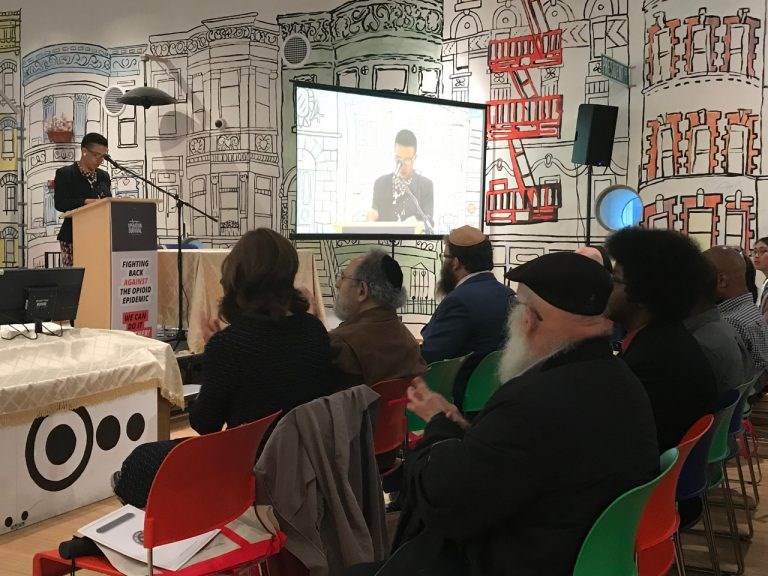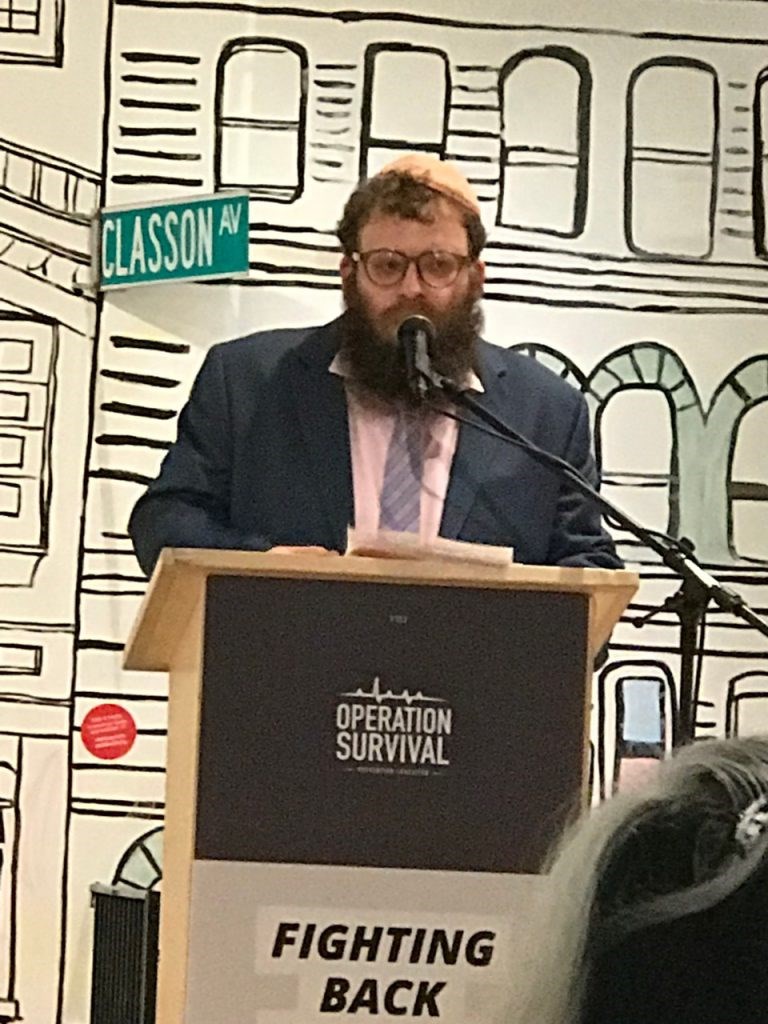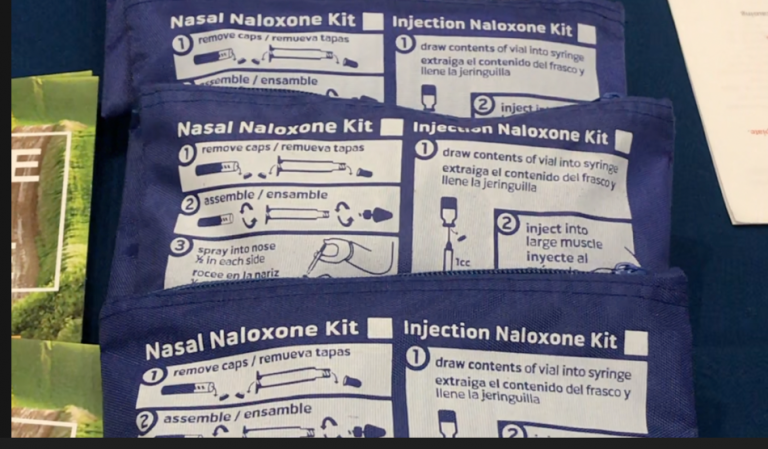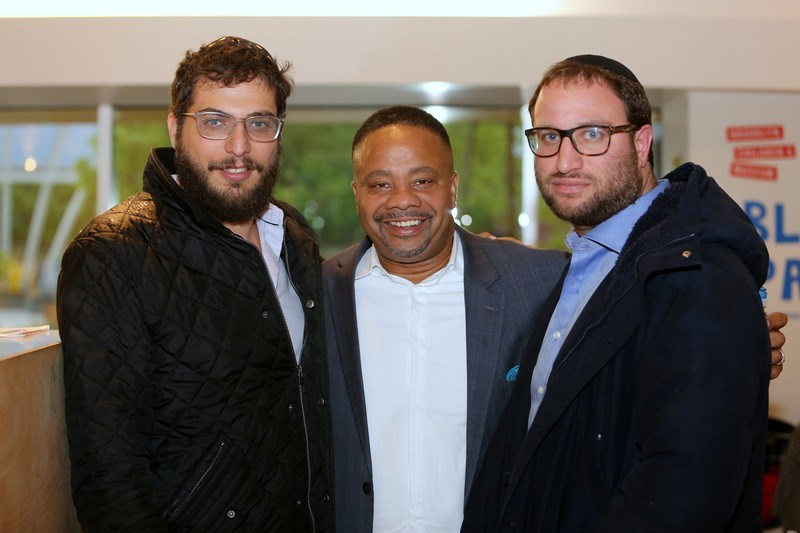Studies have found that 56 percent of those who become addicted to painkillers found their drugs in their family's medicine cabinet

In New York City, every seven hours someone dies from a drug overdose, and as many as 80 percent of those victims started as opioid users, said Dr. Susan Whitley, director of chemical dependency services at Kings County Hospital. That's more New Yorkers dying from overdose than from homicide, suicide and motor vehicle accidents combined!
Opioids are narcotics prescribed to treat pain. They act on the body's opioid receptors to produce a morphine-like effect. Oxycontin, percocet and fentanyl are the biggest culprits. These prescription medications are highly addictive and, if dependency sets in, can lead to heroin, ultimately causing respiratory distress and often, death.

On May 16, medical, civic and academic leaders representing the Hasidic and African-American communities of Brooklyn gathered at the Brooklyn Children's Museum for a town-hall and panel discussion to address the opioid crisis in Brooklyn. Attendees included Dr. Whitley, Rabbi Yaacov Behrman of Operation Survival; Rabbi Shea Hecht, director of the National Committee for the Furtherance of Jewish Education; State Sen. Jesse Hamilton, Assemblywoman Diana C. Richardson, Majority Council Leader Laurie Combo and dozens of community members.
"We are here tonight to fight back against the opioid epidemic," said Rabbi Behrman who organized the gathering. "The danger is real; there have been dozens of tragic deaths amongst our own neighbors. The time has come for us to put away our differences and unite as one. Only by working together can we solve this crisis."
Unique to the opioid crisis is that it is not a problem that starts in the streets. Studies have found that 16 years is the average age a user starts taking pills (prescription painkillers), and 56 percent of those who become addicted found their drugs in their family's medicine cabinet. Once addicted, the user often moves on to heroin, which is a cheaper alternative that can be purchased in the street.
"In order to help addicts, one must first understand addiction," said Dr. Brian F. Sands, section chief for substance use at the NY Department of Veteran Affairs. Individuals who are socially isolated, unhappy, with no clear goals in life or proper emotional support, are at high risk to develop addiction, stressing that teenagers are more easily addicted than adults, he said.
Jay McCray, 66, a former addict who started using drugs at a very young age, because "I didn't like who I was." After surviving a fire and being left with visual scars, McCray said that addiction became for him a slow controlled death. "What an overdose really is, is you're trying to commit suicide to stop the pain," McCray said. He also stressed the importance of peer counseling, sharing that during his toughest moments, professionals don't do the trick: "Give me an addict to talk to, not a doctor," he said.
Dr. Whitley, shared three strategies the City has undertaken to combat the problem of opioid addiction:
- Monitoring prescriptions to 7 days (it used to be 30 days)
- Connecting users to care
- Increasing distribution of Naloxone

"Naloxone is a medication that can reverse an opioid overdose, and our goal is to get it into as many hands as possible, because you never know when someone might get in trouble. It is an important tool to empower communities for response," said Dr. Whitley.
The "Good Samaritan Law" was introduced last June by NYPD where no one would be arrested for calling 911 during an overdose. This law also clears the risk of a record as long as a patient agrees to get Naloxone treatment, which, last year, saved 280 lives.
Sen. Hamilton announced at the event that his office was able to secure $50,000 for Operation Survival's programs in his district.
If you know someone who is at risk for addiction or who you believe is suffering and overdose, New York City has set up a hotline: 1-800-NYC-WELL.
Also, NYC Health + Hospitals announced in March that 17 of its sites are now certified Opioid Overdose Prevention Programs, including four hospitals in Central and East Brooklyn.




